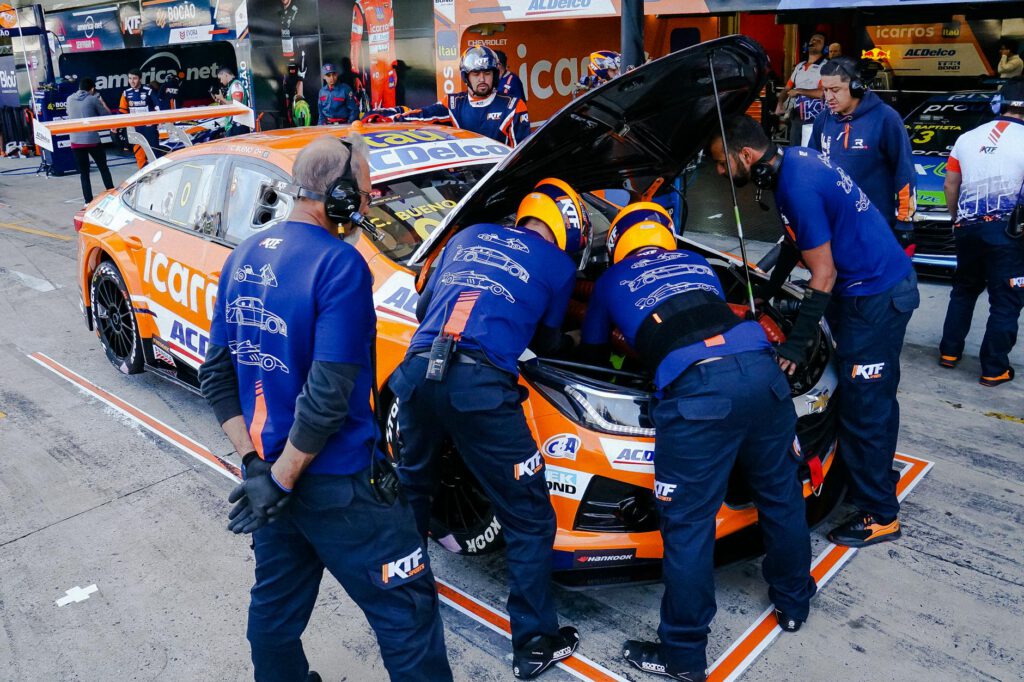****
Introduction
For small and medium-sized enterprises (SMEs), a strong online presence is crucial for attracting customers and driving revenue. However, many businesses struggle with technical SEO issues that hinder their search rankings. An SEO audit helps identify and fix these problems, ensuring your website performs at its best.
This guide provides a detailed checklist for conducting an SEO audit, focusing on technical errors that SMEs can resolve quickly. Whether you’re handling SEO in-house or working with an agency, this structured approach will help you optimize your site efficiently.
Why SEO Audits Matter for SMEs
Search engine optimization (SEO) isn’t just about keywords and content—technical health plays a major role in rankings. Google’s algorithms prioritize websites that load quickly, are mobile-friendly, and have a clean structure. Ignoring technical SEO can lead to:
- Poor search rankings
- Lower organic traffic
- Higher bounce rates
- Lost revenue opportunities
An SEO audit helps uncover hidden issues, ensuring your website meets search engine standards and delivers a seamless user experience.
1. Crawlability and Indexing Issues
Search engines use bots to crawl and index web pages. If your site has crawlability problems, Google may miss critical pages, hurting your visibility.
Common Crawlability Problems
- Blocked by robots.txt – Incorrect directives can prevent search engines from accessing important pages.
- Noindex tags – Accidentally blocking pages from indexing.
- Broken internal links – Dead links disrupt crawling and frustrate users.
- Duplicate content – Multiple URLs serving the same content confuse search engines.
How to Fix Crawlability Issues
- Check robots.txt – Use Google Search Console to verify if essential pages are blocked.
- Review noindex tags – Ensure only private pages (e.g., admin sections) are excluded.
- Fix broken links – Use tools like Screaming Frog or Ahrefs to find and repair broken links.
- Resolve duplicate content – Use canonical tags (
rel="canonical") to indicate the preferred version of a page.
2. Site Speed and Performance Optimization
Page speed is a ranking factor and directly impacts user experience. Slow-loading pages increase bounce rates and reduce conversions.
Key Speed Issues to Address
- Large, unoptimized images
- Excessive JavaScript/CSS
- Slow server response time
- Lack of browser caching
Steps to Improve Site Speed
- Compress images – Use tools like TinyPNG or ShortPixel to reduce file sizes.
- Minify CSS and JavaScript – Remove unnecessary code with tools like UglifyJS or CSSNano.
- Enable caching – Leverage browser caching to store static resources.
- Upgrade hosting – Switch to a faster server or a CDN (Cloudflare, BunnyCDN).
Tools to Test Speed
- Google PageSpeed Insights – Provides optimization recommendations.
- GTmetrix – Analyzes loading times and suggests fixes.
- WebPageTest – Tests performance across different locations.
3. Mobile-Friendliness and Responsive Design
Google uses mobile-first indexing, meaning it primarily crawls and ranks the mobile version of your site. A poor mobile experience can hurt rankings.
Common Mobile SEO Issues
- Unresponsive design – Pages don’t adapt to different screen sizes.
- Slow mobile load times – Heavy elements delay rendering.
- Touch elements too close – Buttons and links hard to tap.
How to Ensure Mobile Optimization
- Use Google’s Mobile-Friendly Test – Check for rendering issues.
- Implement responsive design – Ensure CSS adjusts to all devices.
- Optimize for Core Web Vitals – Improve Largest Contentful Paint (LCP), First Input Delay (FID), and Cumulative Layout Shift (CLS).
4. URL Structure and Internal Linking
A clean URL structure helps search engines understand your site hierarchy, while internal links distribute authority across pages.
Best Practices for URLs and Links
- Use descriptive, short URLs – Avoid long strings of numbers or parameters.
- Maintain a logical hierarchy – Example:
/blog/seo-audit-checklist - Fix orphaned pages – Ensure all pages are linked internally.
- Use anchor text wisely – Avoid generic phrases like “click here.”
Tools for Auditing Links
- Screaming Frog – Crawls your site to identify linking issues.
- Ahrefs Site Audit – Detects broken links and crawl errors.
5. Secure and Accessible Website (HTTPS & Accessibility)
Security and accessibility impact both rankings and user trust.
Key Fixes
- Migrate to HTTPS – SSL certificates are mandatory for security.
- Fix mixed content warnings – Ensure all resources load securely.
- Improve accessibility – Add alt text, proper heading structures, and ARIA labels.
Tools and Resources for SEO Audits
- Google Search Console – Identifies indexing errors and security issues.
- SEMrush/Screaming Frog – Comprehensive site crawlers.
- Lighthouse (Chrome DevTools) – Audits performance, SEO, and accessibility.
FAQs About SEO Audits for SMEs
1. How often should I conduct an SEO audit?
At least twice a year, or after major website updates.
2. Can I do an SEO audit myself?
Yes, with the right tools and checklist, SMEs can perform basic audits.
3. What’s the biggest technical SEO mistake SMEs make?
Ignoring mobile optimization and site speed.
4. How long does it take to fix technical SEO errors?
Simple fixes (like broken links) take hours, while complex issues (server speed) may require weeks.
Conclusion
A technical SEO audit is essential for SMEs to maintain a competitive edge. By addressing crawlability, speed, mobile-friendliness, and security, you can improve rankings, traffic, and conversions. Use this checklist to identify and resolve errors efficiently, ensuring your website meets Google’s standards and delivers a seamless user experience.
Start auditing today—your search rankings (and customers) will thank you.

